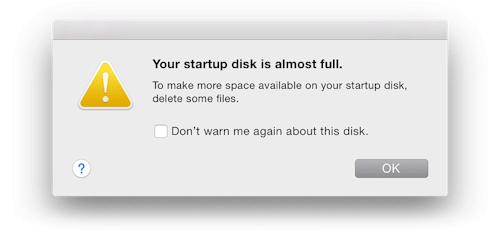
Your precious disk — it’s almost full.
When the dreaded notification pops up in the upper right of your Mac screen, it can feel maddening: Your disk is almost full.
You can save space by optimizing storage, the notification tells you, along with the choice of either closing the notification (temporary bliss) or “managing” your space (eternally frustrating). The Storage Management pane is at best an overview of the massive clutter that’s collected in your Mac.
Here’s the best thing you can do: Download an app to visualize your disk space, find which files are eating up your drive, then work on deleting them. (If you’re not sure whether or not it’s okay to delete some unknown file, we’d recommend Googling it to see what it’s used for. Or, to really be safe, only delete files you know you don’t need.)
I tried out a bunch of options to get the job done — read on for my favorites.
Input may receive a portion of sales if you purchase a product through a link in this article. We only include products that have been independently selected by Input's editorial team.
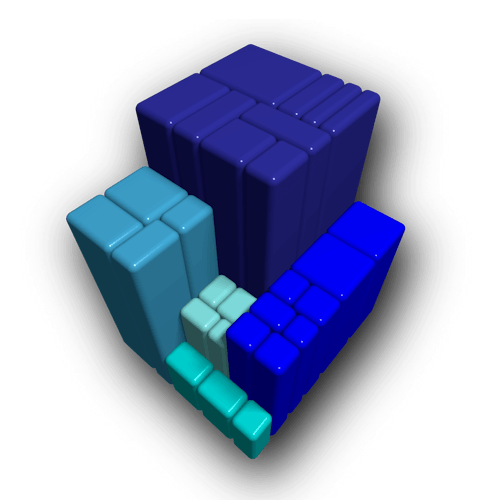
The name of this one will give you a pretty good idea of what you can expect. GrandPerspective creates a super-detailed map of your entire disk, with each colored block representing a folder, subfolder, or file. The map’s sheer size may be daunting at first, but navigating it really ends up being a breeze. You can also scan only a specific folder or section of your drive if you’d prefer a more digestible look.
It’s one of the most responsive disk mapping apps I’ve tried — probably because it’s as bare-bones as possible. You don’t even need to keep this one installed; the program runs straight from the download. And it’s free if you go for the SourceForge version over the one on the App Store.
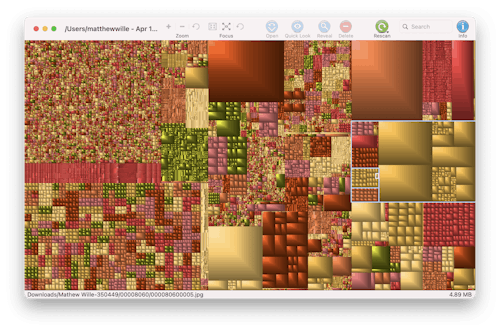

The motto you’ll see when installing OmniDiskSweeper is Delete with an iron fist — and that ends up being a pretty good summary of what the app will help you do. This app is the easiest to navigate if you prefer to look at a list of items rather than a picture of them. Rather than creating a huge map of your storage, OmniDiskSweeper presents you with a text-based list of top-level folders on your drive, sorting them by size from largest to smallest. Open them right from that list or drag them directly into the trash, it’s your choice. This one does install to your drive, but at just 35MB you should have plenty of space for it, now.
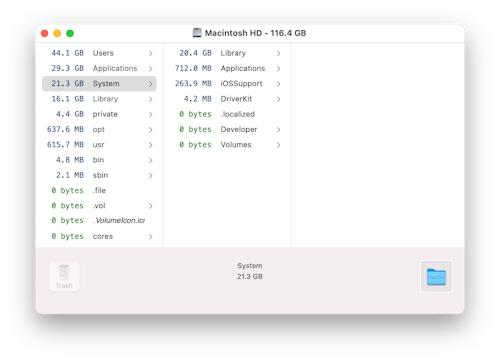
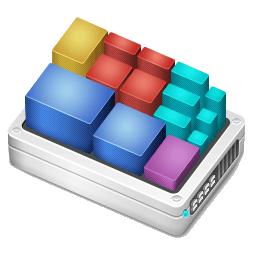
This app is a best-of-both-worlds situation, providing both a visual map and a top-down list view of your storage. As you navigate one map, the other follows along with you, so you don’t have to choose a view; you can look through your drive on both maps at once. The color-coding of Disk Inventory X’s visual map is particularly helpful, as each shade corresponds to a specific file type.
That file-type focus can be a godsend when you know you’re sitting on way too many MP3s, for example. Disk Inventory X allows for navigation by file type with just a few clicks. The interface is as simple to navigate as the other options on this list, though it also allows for some customization of your view.
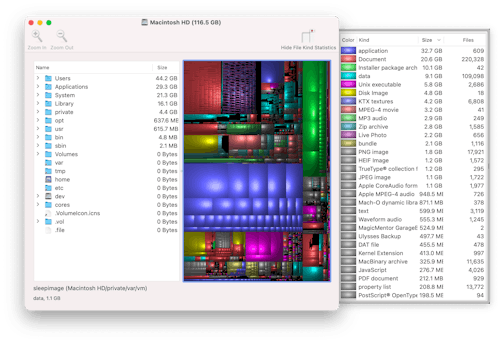

One of the first places you’ll probably look when cleaning your Mac’s drive is the Applications folder; surely there are large apps you’ve installed that are never actually used. In most instances, you’ll be right about that, too. But just dragging an application file to the trash won’t actually delet it from storage. Many apps leave behind files that can take up significant space all on their own — a sad fact Input deputy editor Ray Wong brought to light in his own free Mac apps recommendations.
Drag the application in question to AppCleaner instead of the Trash and you’ll be presented with a full list of the files it’s leaving in its wake. Delete them all with one click or pick and choose if there’s something you’d like to keep. This is a great one to have on hand once you’ve finished the bulk of your cleaning, too. Keep using it every time you need to uninstall an app.
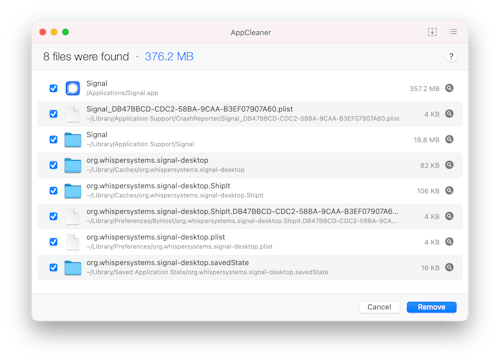
You might be wondering: why haven’t we included any apps that automatically clean out your storage? The automation can be finicky, either deleting too little or far too much. Going about things the (semi-)manual way assures you keep what you want to keep and send the rest packing. Yes, this method will take a little more intentionality and thought — but your results are also sure to be more complete.







